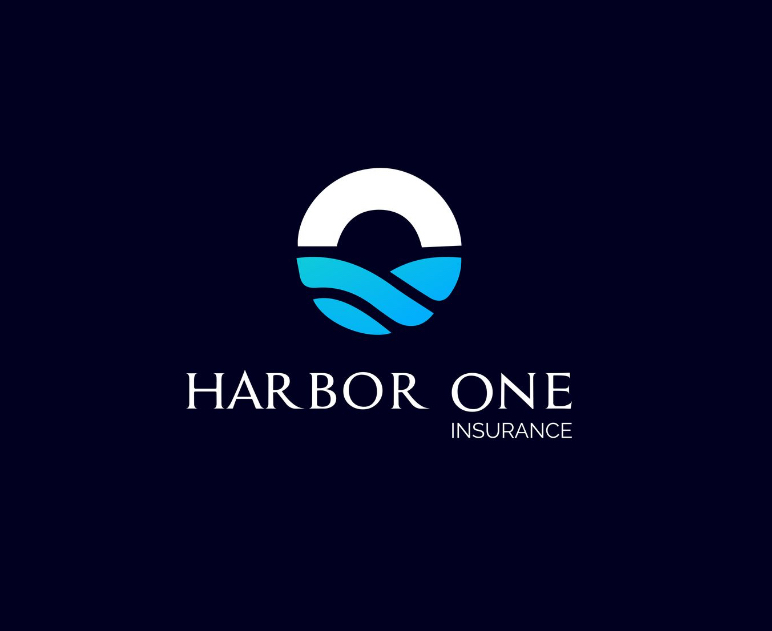Exploring The Evolution of Property and Casualty Insurance: Trends, Challenges, and Opportunities
- Josh Wright
- Mar 7
- 4 min read
Updated: Jun 18
The world of property and casualty insurance is always changing. From basic coverage options to intricate policies, this sector adapts to meet new societal needs, reflects advancements in technology, and responds to shifting risk landscapes. Homeowners, especially those with valuable assets, must stay informed to ensure their protection. The insurance landscape is complex, but understanding it can help homeowners make better decisions.
As we navigate the evolution of property and casualty insurance, we'll explore key trends, challenges homeowners face, and the opportunities available in this transforming market.
The Evolution of Property and Casualty Insurance
Property and casualty insurance began as a straightforward method to protect valuable items from loss or damage. In its early days, coverage was minimal, only offering basic support during unfortunate events. However, as social conditions changed and new risks emerged, insurance policies needed to evolve.
Today, with advancements in technology, insurers provide innovative policies that cater to the unique needs of high-net-worth individuals. For instance, specialized coverage options now exist for rare art collections, luxury vehicles, and even home-based businesses. Insurers utilize data analytics and artificial intelligence to better assess risk profiles, allowing them to set premiums that are more reflective of individual circumstances.
Trends Shaping the Insurance Landscape
1. Greater Personalization
Homeowners increasingly seek personalized insurance policies that reflect their unique needs. Generic coverage is no longer sufficient. The current trend shows that many homeowners are beginning to ask themselves, “How much home insurance do I need for my specific situation?” This shift is often due to the rising value of personal assets.
For example, a homeowner may need extra coverage due to recent renovations that increased their home's value by 30%. Insurers that offer tailored solutions—like specialty coverage for high-value art or jewelry—ensure homeowners have the right protection against potential losses.
2. Technological Integration
Technology is transforming how the insurance industry operates. Smart homes equipped with interconnected devices offer new ways to assess risk. Home monitoring systems, smoke detectors, and security cameras can lead to lower premiums. In fact, some providers are offering discounts of up to 10% for homes with these safety features.
Moreover, technology simplifies the claims process. Homeowners can report incidents through apps, track the progress of their claims, and receive instant updates, making it a smoother experience.

3. Climate Change and Its Impacts
Climate change is a pressing concern for both insurers and homeowners. With more frequent natural disasters, such as hurricanes and wildfires, it is essential to re-evaluate risk models. For example, the National Oceanic and Atmospheric Administration (NOAA) reported a 30% increase in the number of major hurricanes in the past decade.
These statistics indicate that homeowners need to seek comprehensive policies that can cover climate-related incidents. It is vital for them to understand which coverage options are most relevant to their geographic location and risk factors.
Challenges in the Current Landscape
1. Emerging Risks
Modern homeowners are increasingly threatened by new types of risks. Cybersecurity breaches, public health emergencies, and economic downturns can impact homeowners in ways traditional insurance plans may not cover. For instance, a significant surge in remote working during the pandemic highlighted the need for policies that account for business interruption caused by unforeseen situations.
Insurance providers must adapt by identifying these emerging risks and offering coverage that protects homeowners accordingly. High-net-worth individuals should advocate for insurance that includes protections against contemporary hazards.
2. Regulatory Pressures
The insurance industry faces strict regulations that often create challenges for both providers and customers. Insurers need flexibility to adjust to new laws while ensuring they meet their customers' needs.
For homeowners, understanding these regulations is crucial when selecting policies. Informative resources can guide them through complex legal jargon, helping clarify vital details that can affect their insurance choices.
Opportunities to Consider
1. Increased Awareness and Education
As the landscape of insurance evolves, so does the importance of homeowner education. Initiatives aimed at clarifying coverage options and the claims process can empower homeowners to make informed decisions. Insurers that invest in customer engagement build stronger relationships and address their clients' specific needs effectively.
For example, hosting webinars or creating user-friendly guides can better inform customers about their options, ultimately leading to more tailored and effective insurance solutions.
2. Strategic Partnerships
To keep up with rapid market changes, insurers should consider forming strategic partnerships with technology companies, environmental organizations, and other relevant stakeholders. Collaborations can yield innovative solutions, providing both accommodation for emerging risks and customized support beyond traditional coverage.
For high-net-worth clients, such partnerships can enhance security measures and offer unique services, ensuring their insurance needs are comprehensively met.

Navigating the Future of Insurance
The evolution of property and casualty insurance is a reflection of societal changes, technological advancements, and environmental challenges. Homeowners must stay informed and proactive as they face increasingly sophisticated policies and risks.
By understanding the latest trends, challenges, and opportunities, high-net-worth homeowners can secure the best insurance policies tailored to their specific needs. Embracing this ongoing evolution will help ensure that valuable assets remain protected.
Whether you are pondering, “How much home insurance do I need?” or investigating the differences between landlord insurance and homeowners insurance, continuous engagement and education are key to securing a stable future for your assets.





Comments